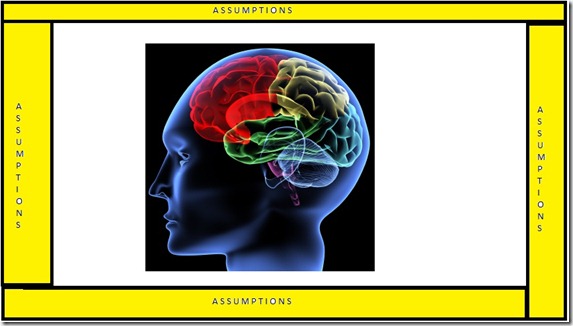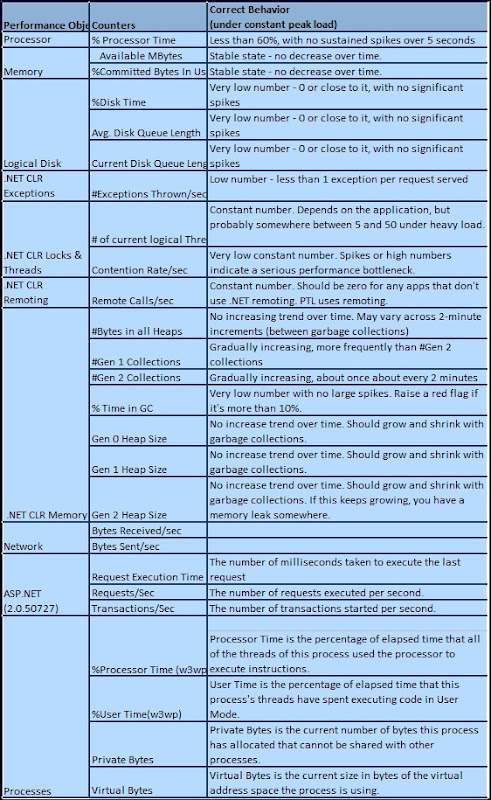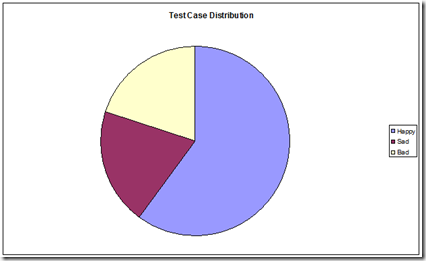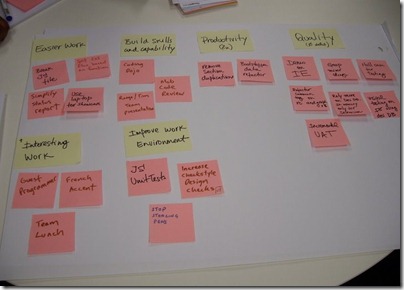QA Velocity
I keep hearing this term through out the day and wonder if there is anything called QA velocity. How we measure QA velocity? Is it just by the number of points signed off by QA team in an iteration or averaged over few iterations . Or is it more of a expectation setting? Just to inform that QA team doesn’t act as a barrier. Testing and Development are no separate process. Generally the QA team is involved in a series of activity like writing test scenarios, preparing test data, doing dev box testing, build deployment, system testing, integration testing, exploratory testing, bug filing and regressing. As the number of activities increases it introduces a potential barrier too with itself. Some of the potential barriers are unstable build, lack of preparation while doing dev box testing, finding bugs in the later phase of testing, improper bug filing. All these things potential acts like a barrier or halt in signing off a story. Some of these issues should be addressed as a part of














